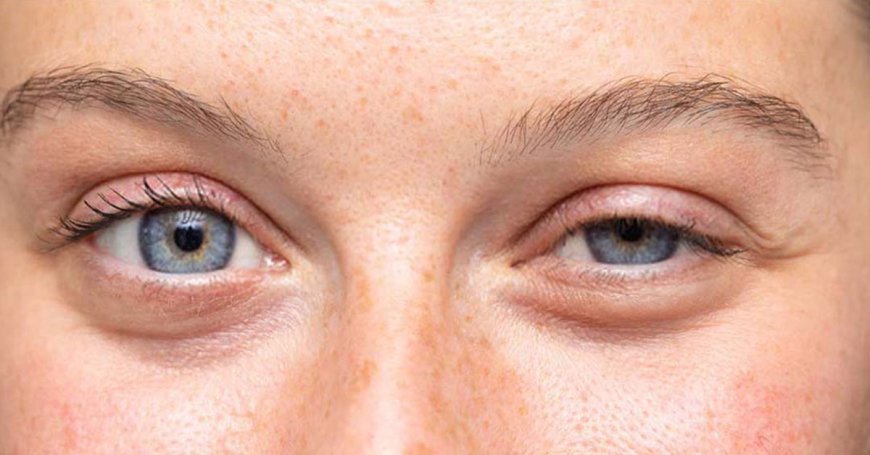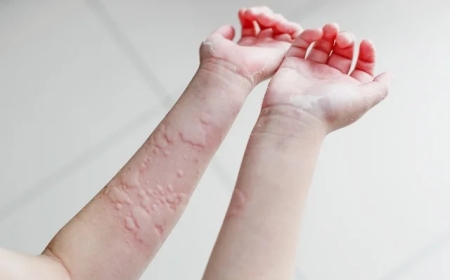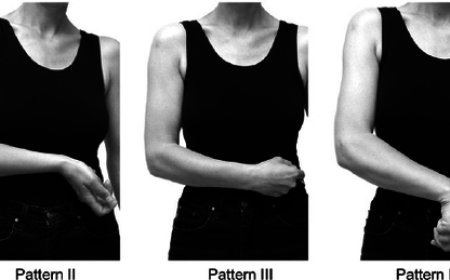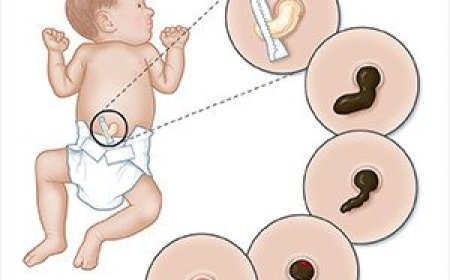Drooping Eyelids (Ptosis)

Introduction:
Imagine trying to see the world through half-closed curtains. That's what it feels like for someone with drooping eyelids, a condition known as Ptosis. In India, just like in other countries, some people experience this condition where one or both eyelids droop lower than normal. Let's take a closer look at Ptosis, its signs, causes, types, diagnostic tests, treatments, and prevention techniques in a language that 10-year-old children can easily understand.
Signs and Symptoms:
Drooping eyelids (Ptosis) can be easily noticed because the upper eyelids cover part of the eyes. This can cause:
- Difficulty opening the eyes fully.
- Uneven appearance of the eyes.
- Tired or sleepy appearance.
- Straining to lift the eyelids.
- Eyelashes blocking vision.
What Is Drooping Eyelids (Ptosis)?
Drooping eyelids (Ptosis) is a condition where the muscles responsible for lifting the eyelids weaken, causing them to sag lower than they should. This can happen to people of all ages, including kids!
How Is Drooping Eyelids (Ptosis) Classified?
Ptosis can be classified based on the age of onset:
- Congenital Ptosis: When a baby is born with drooping eyelids.
- Acquired Ptosis: When a person develops drooping eyelids later in life.
Causes and Triggers:
Ptosis can be caused by various reasons, and sometimes it happens without any clear cause. Some common causes include:
- Weak Eye Muscles: If the muscles that lift the eyelids become weak, the eyelids droop.
- Nerve Problems: Sometimes, the nerves that control these muscles may not work properly.
- Injury: An injury to the eye or eyelid can cause Ptosis.
- Age: As people get older, the eyelid muscles can naturally weaken.
- Medical Conditions: Certain medical conditions like Myasthenia Gravis can lead to Ptosis.
Risk Factors with Examples:
Some people may have a higher risk of developing Ptosis. Here are a few examples:
- Family History: If someone's parents or siblings have had Ptosis, they might be more likely to get it too.
- Congenital Conditions: Babies born with certain conditions, like Down syndrome, may have a higher risk of developing Ptosis.
- Eye Surgeries: Some eye surgeries can lead to Ptosis as a complication.
Types of Drooping Eyelids (Ptosis) with Detailing for Each Type:
There are different types of Ptosis based on its severity and how much the eyelids droop:
- Mild Ptosis: The eyelids droop slightly, and it might not affect vision much.
- Moderate Ptosis: The eyelids droop more noticeably, and it can partially block the vision.
- Severe Ptosis: The eyelids droop significantly, making it hard to see properly.
Diagnostic Tests and Treatments:
To diagnose and treat Ptosis, doctors may use the following tests and procedures:
- Physical Examination: The doctor will look at the eyelids and may ask the patient to open and close their eyes to observe the movement.
- Vision Test: To check if Ptosis is affecting vision, the doctor may conduct an eye chart test.
- Levator Muscle Function Test: This test measures the strength of the muscles that lift the eyelids.
- Treatment: If Ptosis is mild and doesn't affect vision, no treatment may be needed. But in severe cases, surgery might be recommended to tighten the eyelid muscles and lift the eyelids.
Complications of Drooping Eyelids (Ptosis) Prevention Techniques:
If Ptosis is not treated, it can lead to complications such as:
- Amblyopia (Lazy Eye): When one eye becomes weaker due to Ptosis, the brain might start ignoring its signals, leading to a lazy eye.
- Vision Problems: Severe Ptosis can interfere with clear vision and may affect daily activities like reading and playing.
Prevention Techniques:
While some types of Ptosis cannot be prevented, there are things we can do to take care of our eyes:
- Eye Exercises: Doing eye exercises can help keep the eye muscles strong.
- Eye Safety: Wearing protective gear while playing sports can prevent eye injuries.
- Regular Eye Checkups: Visiting an eye doctor regularly can help detect any eye problems early.
if you or anyone you know has drooping eyelids, it's essential to visit an eye doctor for proper evaluation and treatment. Taking care of our eyes is crucial for a bright and beautiful world!
What's Your Reaction?
 Like
0
Like
0
 Dislike
0
Dislike
0
 Love
0
Love
0
 Funny
0
Funny
0
 Angry
0
Angry
0
 Sad
0
Sad
0
 Wow
0
Wow
0







































































